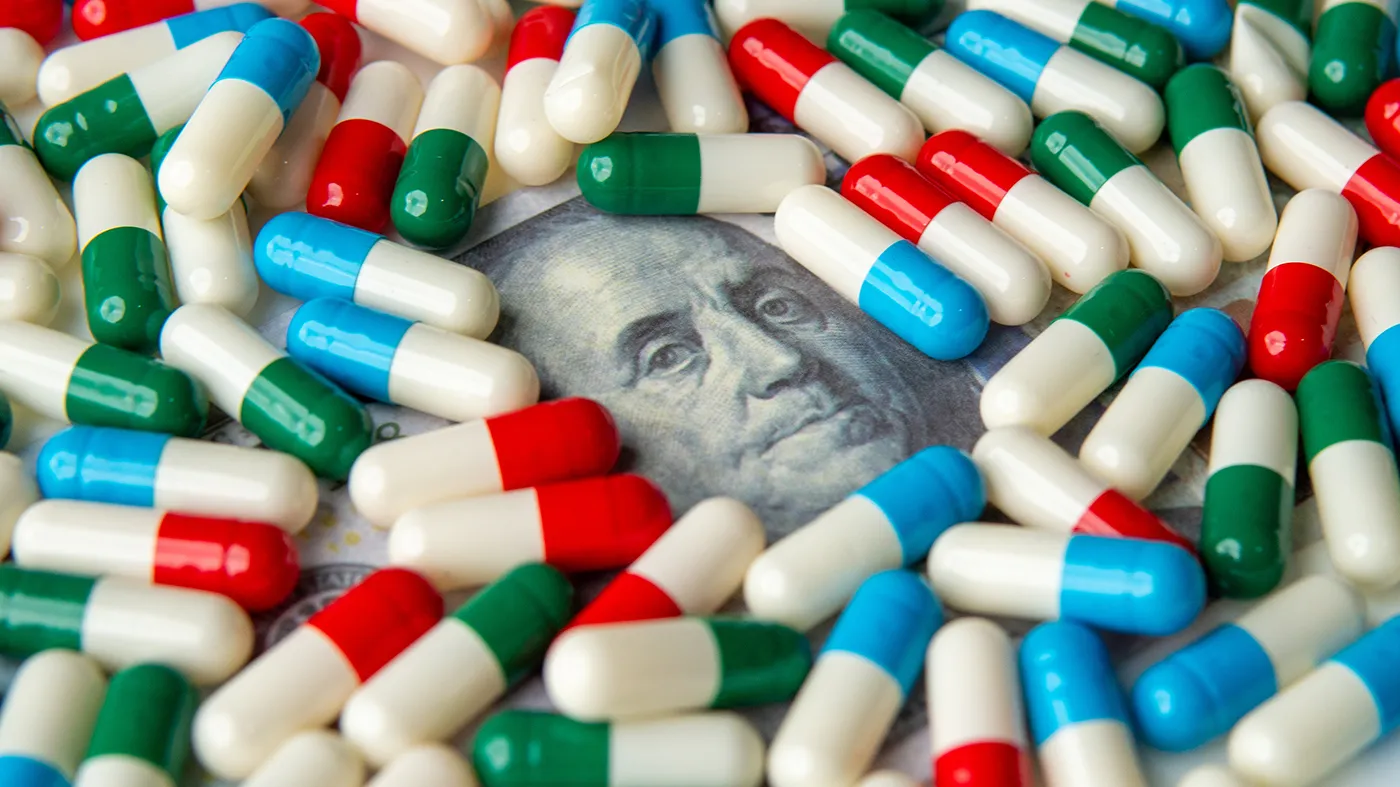President Donald Trump’s recent proposal to impose a 200% tariff on pharmaceutical imports has raised serious concerns across the U.S. healthcare sector. While the policy is reportedly aimed at reducing reliance on countries like China and India for essential medicines, health experts and industry representatives warn that the unintended consequence will be a sharp increase in drug costs for American consumers and a heightened risk of drug shortages nationwide.
The U.S. depends heavily on foreign-manufactured generic drugs and raw pharmaceutical ingredients. India supplies approximately 30% of all generic medications used by Americans, and China is a dominant player in the production of active pharmaceutical ingredients (APIs) essential to drug manufacturing. Should such a high tariff be implemented, import costs will surge dramatically, and industry experts agree that these increased costs will be passed down the line—affecting government insurance programs like Medicare and Medicaid, raising premiums for private insurers, and most critically, inflating out-of-pocket costs for ordinary citizens.
The countries most likely to be severely affected by the tariff are India and China. India, as the world’s largest exporter of generic drugs, stands to lose significant market share, potentially disrupting its $7 billion pharmaceutical trade with the U.S. China, which supplies up to 40% of the APIs used in U.S. drug production, could also face serious disruption. These countries are critical not only for finished medicines but also for the raw materials that enable production in the U.S. and other allied countries. Canada, though not a primary target of the tariff and representing less than 5% of U.S. generic drug imports, could still suffer economically. Canadian manufacturers that rely on U.S. sales to sustain production scale may be forced to cut certain product lines if access to the American market is restricted, indirectly impacting Canadian patients and healthcare costs.
For millions of Americans managing chronic conditions such as diabetes, hypertension, and mental health disorders, even small price increases could be devastating. Delayed treatments and reduced medication adherence due to affordability concerns may lead to worsening health outcomes and greater long-term burdens on the healthcare system. Hospitals, pharmacies, and care providers would also be forced to make difficult choices in the face of rising supply costs and unpredictable inventory.
The proposal has also triggered fears of nationwide drug shortages. If India and China were to respond to the U.S. tariffs by cutting or delaying exports, the U.S. would face significant disruption to its pharmaceutical supply chain. With no short-term domestic alternatives ready to fill the gap, the country could experience critical shortages of basic and life-saving medicines. The generic drug sector, in particular, operates on tight margins and relies heavily on economies of scale. Shifting production to the U.S. would require substantial long-term investment, regulatory approvals, skilled labor, and stable supply chains—none of which can be achieved in the short timeframes proposed.
Jim Keon, president of the Canadian Generic Pharmaceutical Association, pointed out that although Canada accounts for less than 5% of generic drug exports to the U.S., even smaller exporting nations could be impacted. He warned that if Canadian manufacturers lose access to U.S. markets, the cost of continuing to produce certain medicines for Canada alone may become unviable, potentially affecting Canadians as well.
While the Trump administration has proposed a 12 to 18-month delay before implementing the tariffs to give manufacturers time to adjust, health and industry leaders emphasize that such a transition period is unlikely to offset the economic shock or ensure adequate domestic production. Many are calling on U.S. policymakers to adopt a more measured approach—one that strengthens domestic resilience without triggering sudden price hikes or supply disruptions that could harm American patients.
Advocates are also urging U.S. trade negotiators to secure exemptions or carve-outs for pharmaceuticals in ongoing trade discussions with allies like Canada and the European Union, and to increase transparency about the long-term strategy behind this tariff proposal.
The Department of Health and Human Services and various pharmaceutical associations continue to monitor the situation and are expected to release further updates in the coming weeks.

